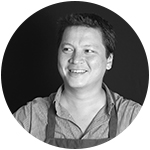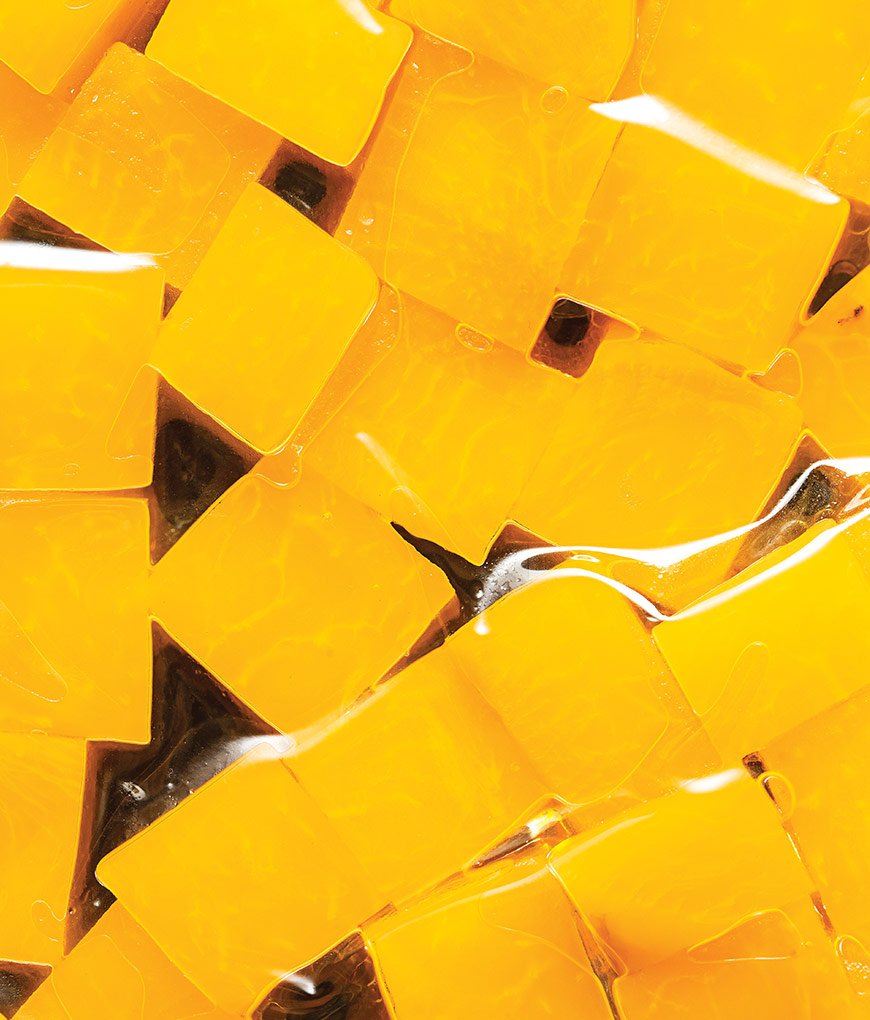
J. KENJI LÓPEZ-ALT
J. Kenji López-Alt is the managing culinary director of Serious Eats, a columnist for Cooking Light magazine, and author of the James Beard Award–winning book The Food Lab.
Sous-Vide: In your opinion, what makes sous vide a standout cooking method?
J.Kenji López-Alt: Sous vide offers more precise control than almost any other cooking method, which means that as long as you set your temperature right, getting perfectly medium-rare meat or juicy chicken or pork chops is simple and repeatable, even for first-time cooks.
SV: What were some of the first instances when you found that cooking could be experimental and methodical, like science is?
JKL: It seemed pretty obvious right from the start. I was used to working in biology labs where reactions were set up by combining various starting compounds, heating, cooling, applying vacuums and other processes, then looking at the end results. Cooking is very similar, the main difference being that it’s generally faster and tastier. The kitchen is one place where even non-scientists can practice science every single day, simply by keeping good notes.

PHILIP PRESTON
Philip Preston is the president of sous vide circulator manufacturer PolyScience and an avid inventor and home cook. He has appeared as a judge on Iron Chef America, served as a presenter for The Next Iron Chef, and has been featured in Food & Wine and TIME magazines.
Sous-Vide: What do you most appreciate about cooking sous vide?
Philip Preston: I love that it reduces my dependency on precise timing through using precise temperature control. This eliminates the stress of having everyone at the table at a specific time. I will often have sides like mashed potatoes in the bath with my protein so everything is warm and there’s no risk of burning or drying out.
SV: What is your top piece of advice for chefs who are new to sous vide cooking?
PP: Learn everything you can before putting sous vide on your menu. Safety is critical, because you are often cooking at lower temperatures. I’m biased, but I think my book Immersed: The Definitive Guide to Sous-Vide Cooking gives a great introduction. Failing to understand that twice the thickness equals almost four times the time is the most common mistake I see.

